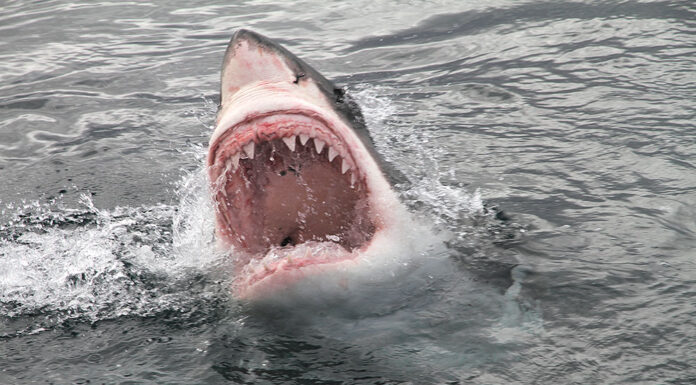Susan Backlinie, best known for her opening role in the film “Jaws,” passed away at her residence in Ventura, California, on Saturday, May 11. The death of the esteemed actress and stuntwoman was confirmed by Matthew Templeton, her convention agent, and her husband, Harvey Swindall. They announced she suffered a heart attack at her home. She was 77.
In a statement released by Templeton, he acknowledged the loss experienced by those close to Backlinie. He confirmed her passing with regret and asked for her family’s privacy during this period. He also conveyed appreciation for the wave of condolences received.
Backlinie’s acting career started in 1975 when she appeared as Chrissie Watkins in Steven Spielberg’s “Jaws.” The character she played in the opening sequence of the film decides to swim naked in the ocean and meets a tragic end in the jaws of a shark. This scene not only became a signature moment in the film but also signified the start of the Hollywood blockbuster era, creating a fear of ocean swimming among many viewers.
Shooting the iconic scene took two days. In an interview last year, Backlinie shared her recollection of the uncomfortable, freezing water temperatures, although she reiterated that she loved the film and had seen it multiple times.
Backlinie’s affiliation with Spielberg didn’t end with “Jaws.” She later collaborated with him in the film “1941,” where she parodied her well-known scene from “Jaws.” However, this film did not gain the same level of praise.
After her notable role in “Jaws,” Backlinie turned her focus to stunts, lending her skills to numerous film and television productions. Her significant credits include “The Great Muppet Caper,” “Day of the Animals,” and the TV series “The Fall Guy.” However, it was her role in “Jaws” that helped her gain significant recognition among fans, especially at conventions where she remained a prominent figure.
Backlinie is survived by her husband Harvey. Her legacy is marked by a scene that not only intrigued cinema audiences but also played a crucial role in shaping film history.








